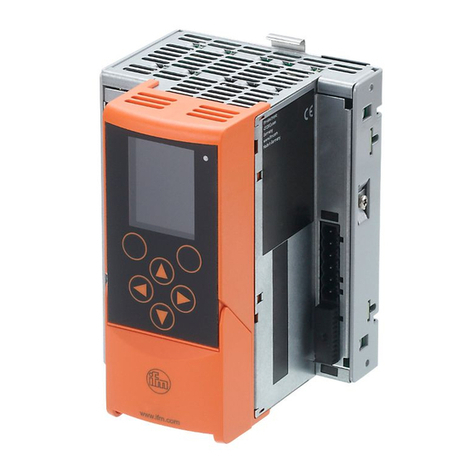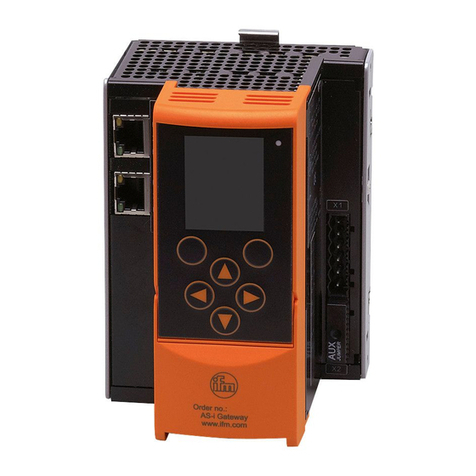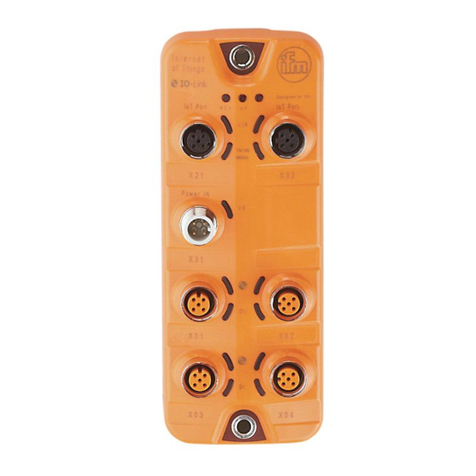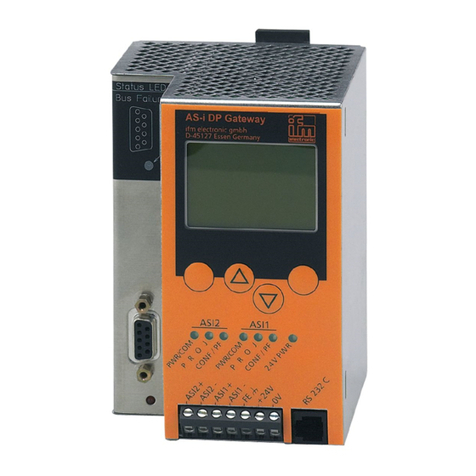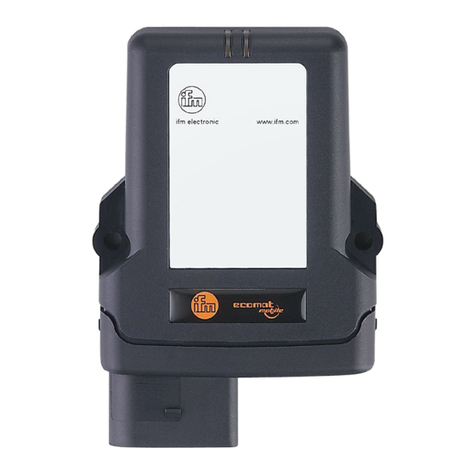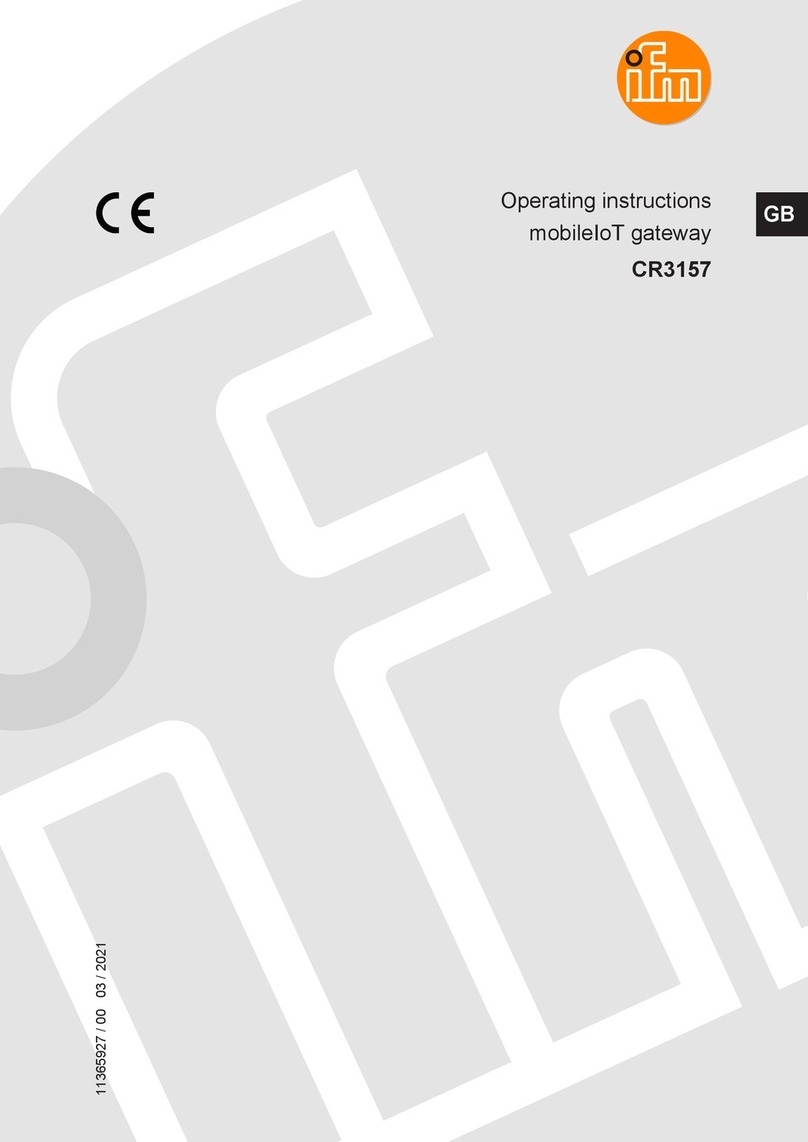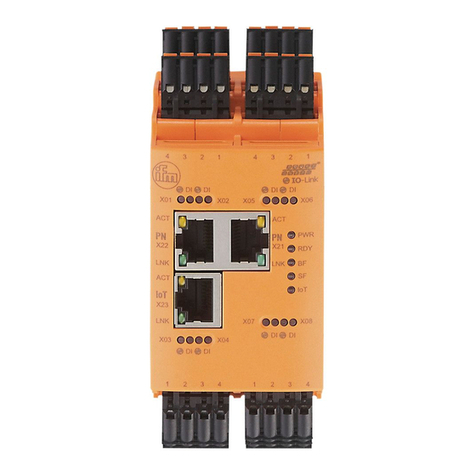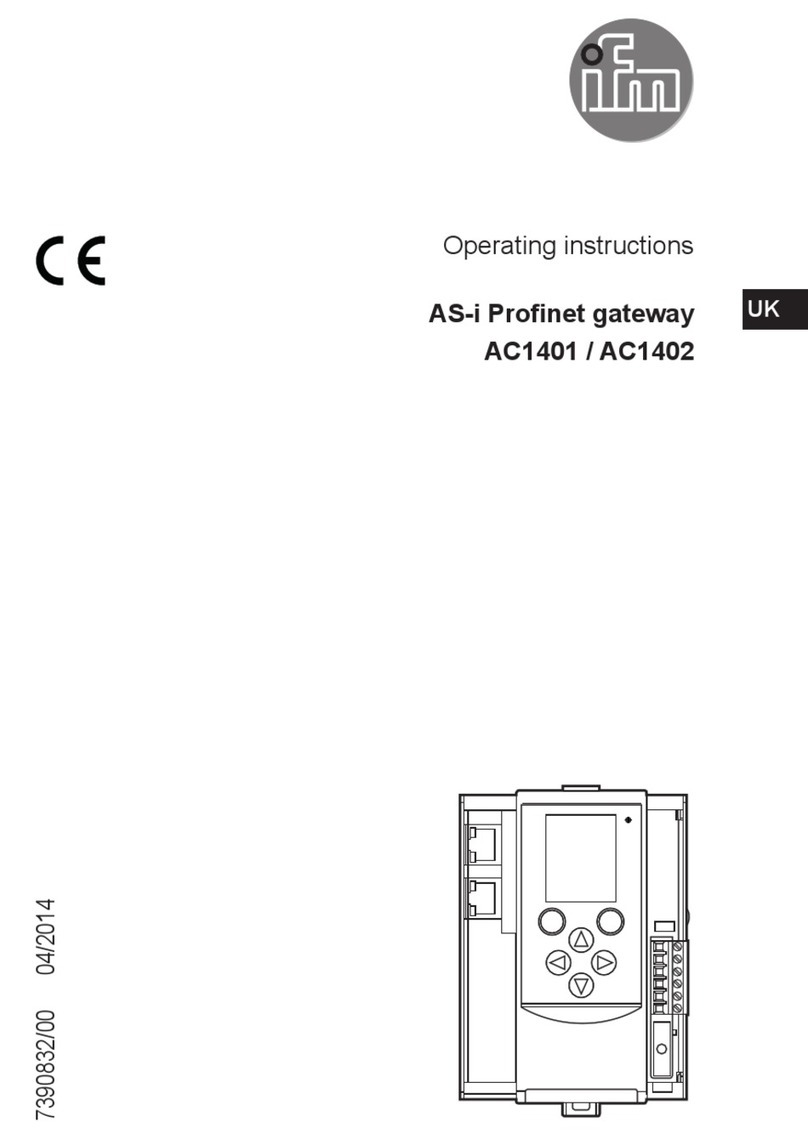
8
Information to the user:
Note: This equipment has been tested and found to comply with the limits for
a Class B digital device, pursuant to part 15 of the FCC Rules. These limits
are designed to provide reasonable protection against harmful interference
in a residential installation. This equipment generates, uses and can radiate
radio frequency energy and, if not installed and used in accordance with the
instructions, may cause harmful interference to radio communications. However,
there is no guarantee that interference will not occur in a particular installation. If
this equipment does cause harmful interference to radio or television reception,
which can be determined by turning the equipment off and on, the user is
encouraged to try to correct the interference by one or more of the following
measures:
- Reorient or relocate the receiving antenna.
- Increase the separation between the equipment and receiver.
- Connect the equipment into an outlet on a circuit different from that to which
the receiver is connected.
- Consult the dealer or an experienced radio/TV technician for help.
Radiofrequency radiation exposure information:
This device complies with the radiation exposure limits prescribed for an
uncontrolled environment for fixed and mobile use conditions. This device should
be installed and operated with a minimum distance of 20 cm between the device
and the body of the user or nearby persons.
9.4 Canada
ISED note:
This device contains licence-exempt transmitters/receivers that comply with
Innovation, Science and Economic Development Canada’s licence-exempt RSSs.
Operation is subject to the following two conditions:
1. This device may not cause interference, and
2. This device must accept any interference, including interference that may
cause undesired operation of the device.
This device complies with IC RSS-102 radiation exposure limits set forth for an
uncontrolled environment.
